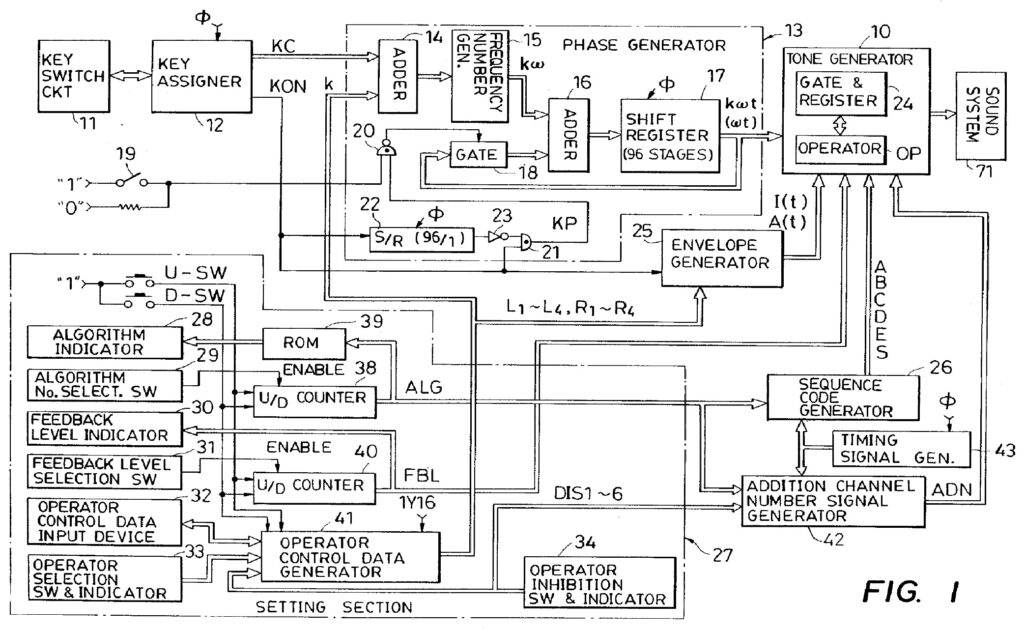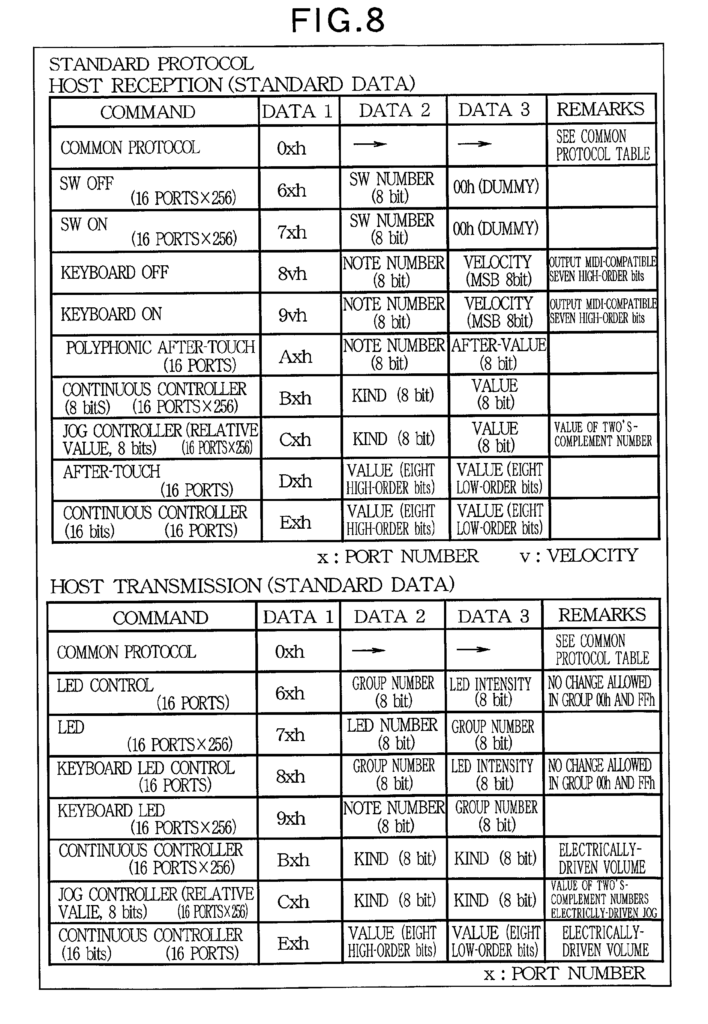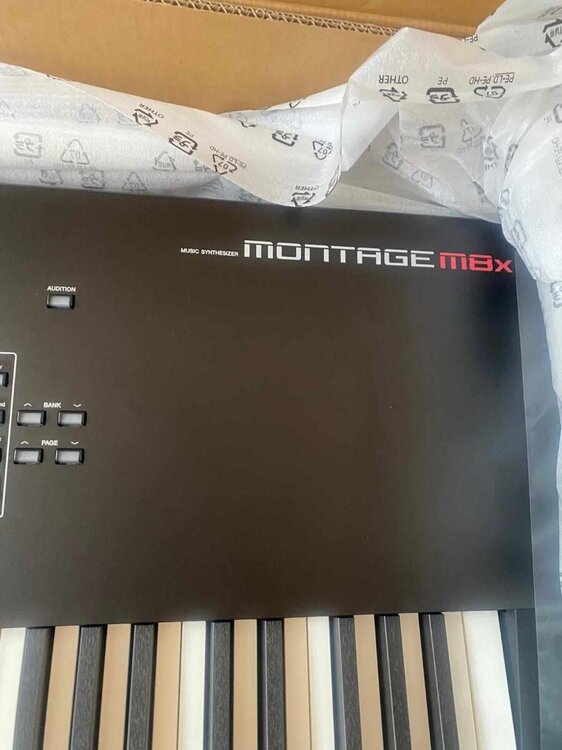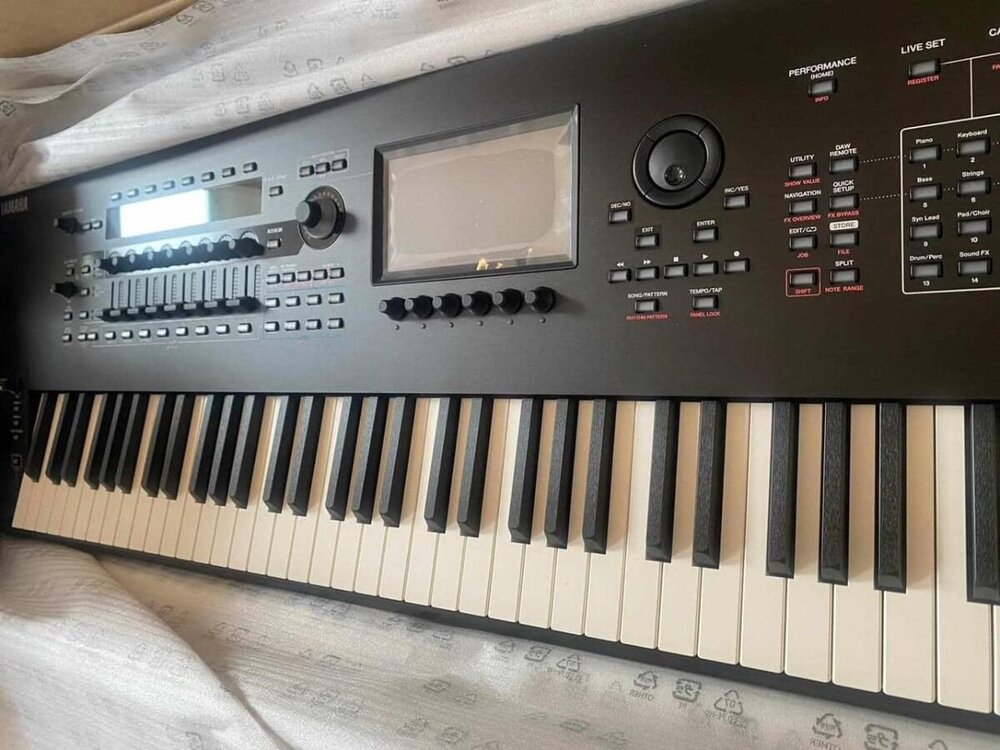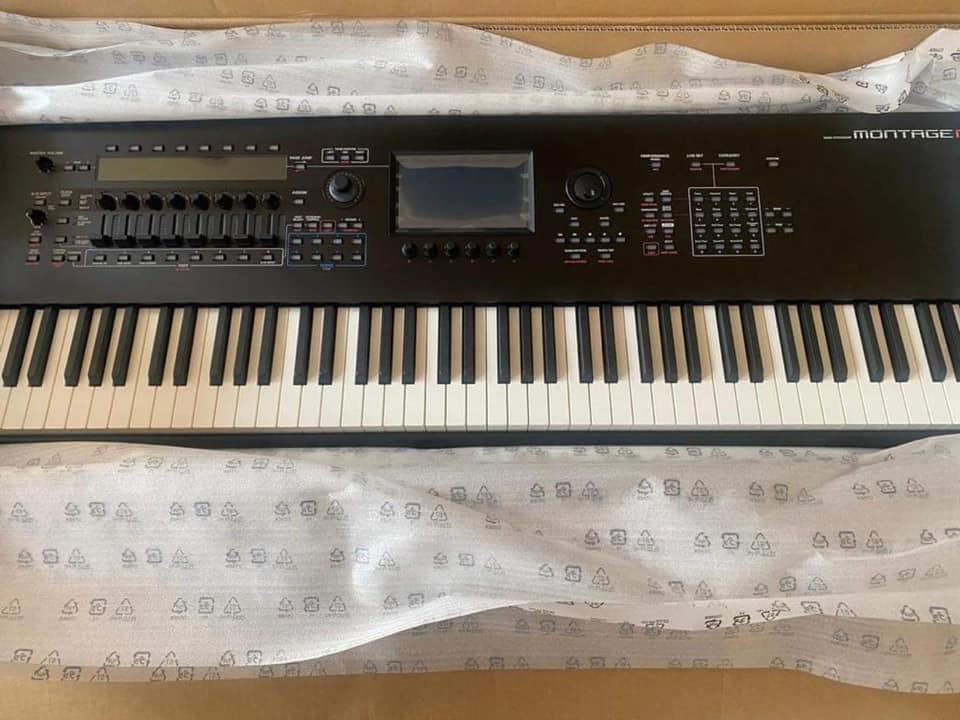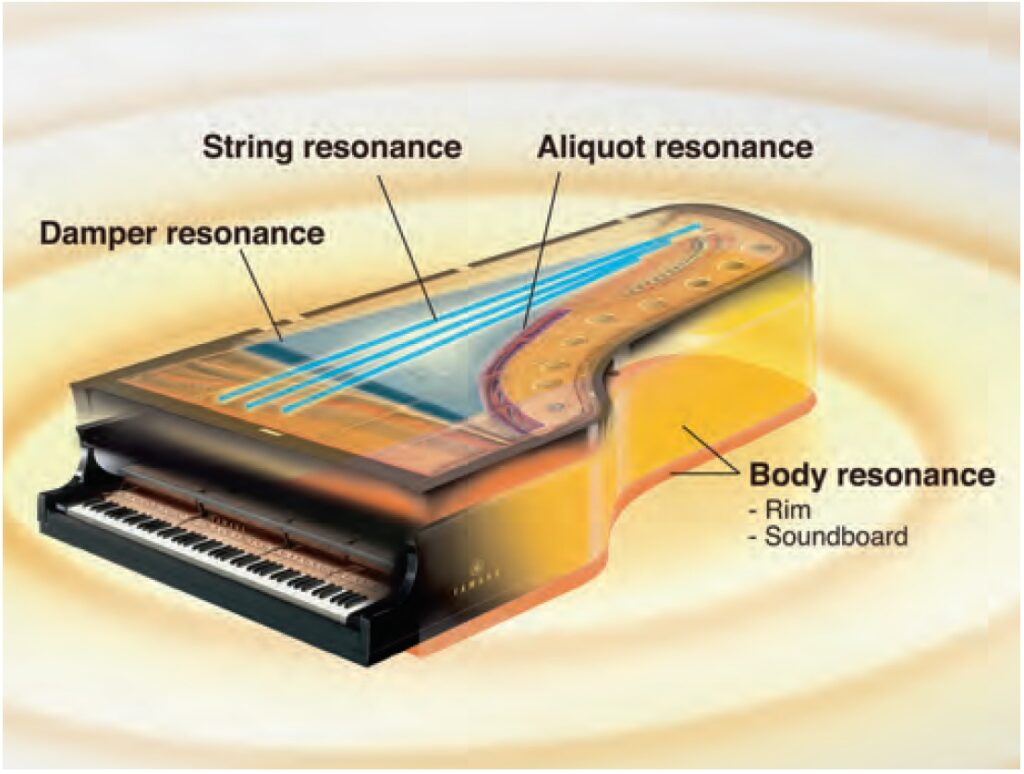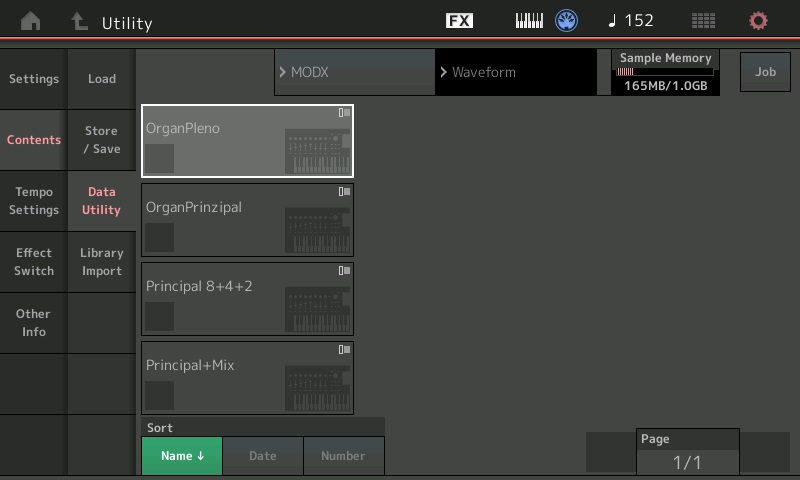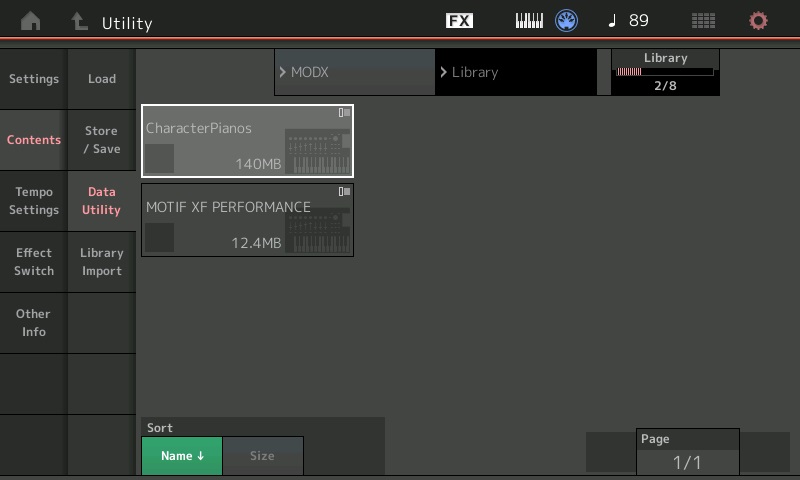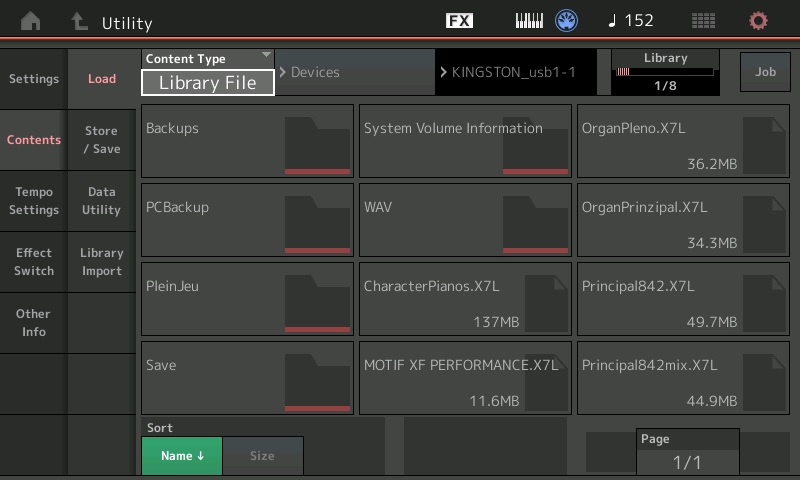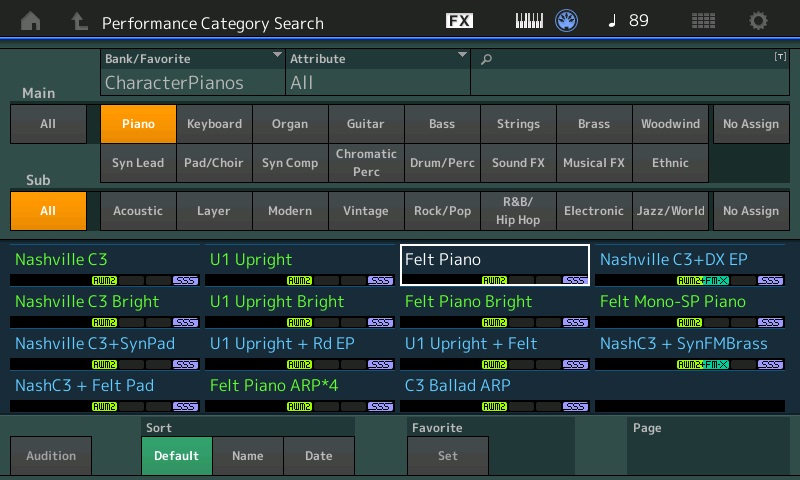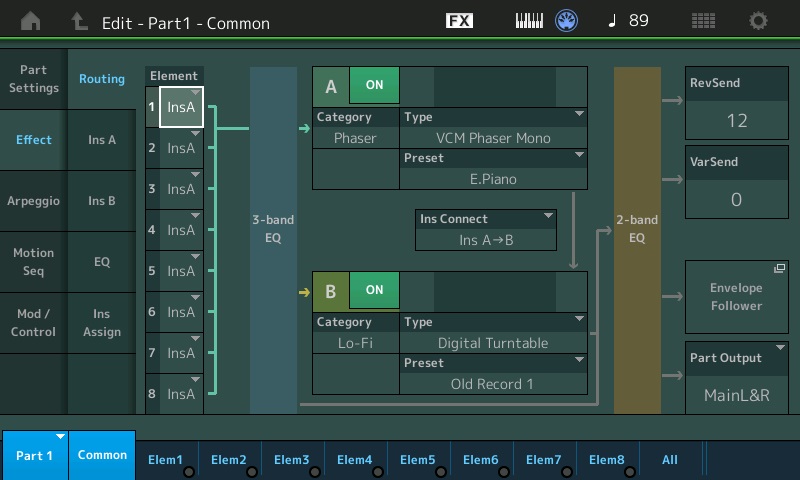I apologize for not posting recently. I expended way too much energy on Yamaha Montage M. Don’t get me wrong, Montage M is a worthy subject and I gave it careful consideration as an 88-key piano solution for home. In the end, I decided to venture into Clavinova-land and have ordered a CSP-170. [That’s another story for another day.]
Gotta build energy for the GENOS2 launch in two weeks (November 15). 🙂
GEX keybed technology
I posted this short fresh take on the GEX keyboard technology at the Keyboard Corner forum. After learning more about the EM induction sensor approach, I felt the need to clarify.
The optical shutter sensing system is used in the older AvantGrand and SilentPiano instruments. The “Non-contact continuous detection electromagnetic induction sensor” is the latest Yamaha tech and will be delivered in the newer AvantGrand and SilentPiano models. GEX is derived from the EM induction sensor approach.
I’m still searching for information, but a recent Yamaha patent describes such a key articulation system. The key side has one or two coils of wire. The substrate (PCB) side has similar opposing coils. The circuitry senses flux direction, etc. on a key-by-key basis.
U.S. Patent 11,657,790 B2, Operation detection device for key operation of keyboard device, Kenichi NISHIDA, Harumichi HOTTA, Jun ISHII, May 23, 2023.
Yamaha’s latest patent is interesting because they want to measure “yaw” and “roll”, not just vertical “strike” distance. Couple this with their recent key/note articulation patents and you’ve got an “MPE” keyboard!
Quite possibly, they were not able to finish the keybed design and set up the manufacturing for these advanced designs. Thus, the m6 and m7 got FSX (for now). The Montage M team were probably ordered to “deliver or die in October 2023” by the suits. Concessions were made to meet schedule.
Sonuus InfiniQ position sensor
While investigating the GEX technology, I found the U.S. patent for the Sonuus InfiniQ position sensor. Sonuus deploy the InfiniQ sensor in their Voluum analogue effects pedal. The InfiniQ is based on electromagnetic induction, avoiding the usual potentiometer approach and its disadvantages.
U.S. Patent 8,933,314 B2, Musical effects devices, James Hastings Clark, Morag E. Clark, John M. McAuliffe, January 13, 2015.
I recommend reading the Sonuus patent because it is well-written — real English instead of the patent-ese written by American attorneys. The Sonuus patent provides useful background information about the applied science of electromagnetic induction.
Yamaha DX7 reverse engineered
I stumbled across a brilliant bit of DX7 reverse engineering by Ken Shirriff.
He created a composite die photograph of a decapsulated DX7 YM21280 OPS (operator) chip. Ken annotates and relates the die photo to U.S. Patent 4,554,857, explaining the operation of the DX7 OPS chip in detail. The YM21280 is driven by its brother, the YM21290 EGS (envelope) chip.
Quite frankly, this is fantastic work!
If you’re interested in how Yamaha implements FM (or FM-X) in hardware, you need to visit Ken’s pages and read the U.S. Patent on the DX7 internal design:
U.S. Patent 4,554,857, Electronic musical instrument capable of varying a tone synthesis operation algorithm, Tetsuo NISHIMOTO, November 26, 1985.
I also recommend the Yamaha DX7 Technical Analysis by ajxs.
I will revisit Ken’s analysis when I have more energy. I fully expect, however, to see a modern day, scaled-up FM-X equivalent in the Yamaha SWP70. This — this! — is how Yamaha achieves 128 voice FM-X polyphony. Please keep this approach in mind when discussing what the SWP70 can do or what it can be extended to do. Montage/MODX FM-X ain’t code running on a RISC…
Copyright © 2023 Paul J. Drongowski

